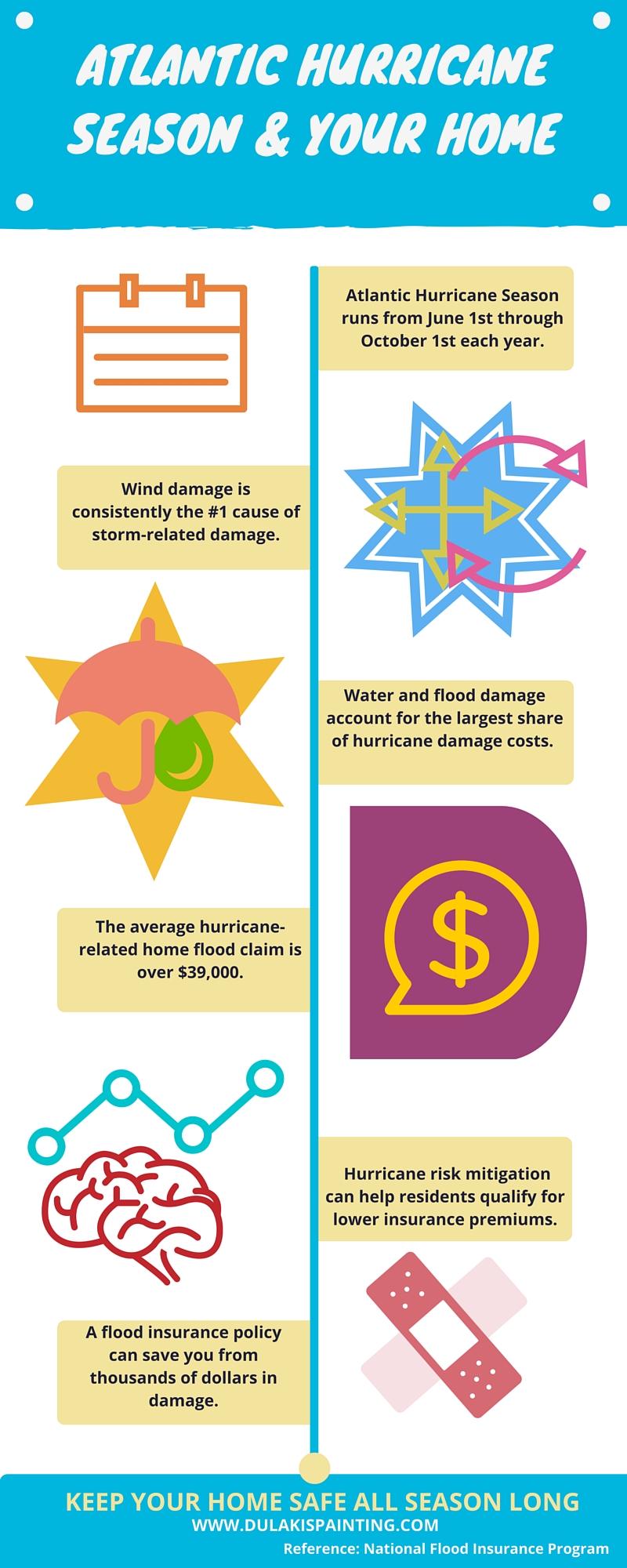Figure Out Just How Seasonal Elements Affect Industrial Outside Paint Success And Discover The Best Times To Make Certain Long-Term Results For Your Project
Figure Out Just How Seasonal Elements Affect Industrial Outside Paint Success And Discover The Best Times To Make Certain Long-Term Results For Your Project
Blog Article
Material Writer-Aguilar Rodriquez
When you're intending a commercial exterior painting task, seasonal elements can make or damage your outcomes. You'll want to take into consideration just how temperature level and humidity impact paint application and drying times. Selecting the right period can guarantee your paint adheres correctly and lasts longer. However which seasons are truly the very best for this kind of work? Let' house painter plymouth out the key elements that can impact your job's success.
The Influence of Temperature on Paint Application
When you're preparing a business external painting job, the temperature can substantially influence how well the paint sticks and dries out.
Ideally, you want to repaint when temperatures range between 50 ° F and 85 ° F. If it's also cool, the paint might not cure properly, causing issues like peeling or breaking.
On the other hand, if it's too hot, the paint can dry also swiftly, protecting against appropriate bond and causing an uneven coating.
You need to also think about the time of day; early morning or late afternoon supplies cooler temperature levels, which can be extra positive.
Constantly check the producer's recommendations for the specific paint you're making use of, as they typically offer support on the suitable temperature level array for optimum results.
Humidity and Its Effect on Drying Times
Temperature level isn't the only ecological factor that affects your industrial external painting job; moisture plays a significant role too. High moisture degrees can reduce drying out times significantly, influencing the general high quality of your paint task.
When the air is filled with wetness, the paint takes longer to cure, which can bring about concerns like poor attachment and a higher danger of mold growth. If you're repainting on a specifically humid day, be prepared for extensive delay times between coats.
It's important to check neighborhood weather conditions and strategy as necessary. Preferably, aim for humidity levels in between 40% and 70% for ideal drying out.
Maintaining these consider mind ensures your task remains on track and delivers a long lasting coating.
Best Seasons for Commercial Outside Paint Projects
What's the very best season for your industrial outside painting projects?
Spring and early loss are commonly your best choices. During these seasons, temperatures are moderate, and humidity levels are often reduced, creating excellent conditions for paint application and drying.
Prevent summer's intense heat, which can trigger paint to completely dry too swiftly, bring about poor attachment and finish. Similarly, wintertime's chilly temperatures can hinder correct drying and healing, taking the chance of the durability of your paint work.
Aim for days with temperatures in between 50 ° F and 85 ° F for ideal outcomes. Keep in mind to examine the local weather forecast for rainfall, as damp conditions can wreck your task.
Planning around these aspects guarantees your painting task runs efficiently and lasts much longer.
Final thought
Finally, preparing your industrial external paint jobs around seasonal factors to consider can make a significant difference in the end result. By organizing work during the ideal temperature levels and humidity levels, you'll guarantee far better attachment and drying times. Remember to watch on neighborhood weather report and choose the right time of year-- springtime and very early fall are your best choices. Taking https://www.today.com/home/how-clean-painted-walls-t44646 will assist you attain a long lasting and professional finish that lasts.
